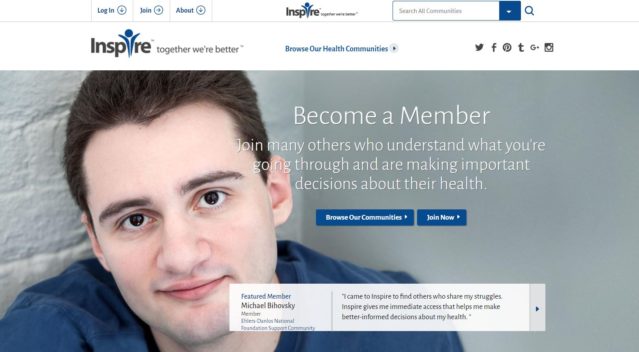User-Generated Content Helps Patients Thrive
Every hospital and healthcare delivery system wants to build a deep connection with patients, families, and the community. But sometimes far more powerful connections can be formed when the organization takes a step back and allows those audiences to connect with each other with user-generated content.
Cultivating an online community of patients, who share a common condition, disease, or experience, can be an effective way to build loyalty to your organization while delivering helpful information to the group, according to a recent webinar by the New England Society for Healthcare Communications (NESHCO). And the best part is you’re empowering group members to create that content.
User-Generated Content is Highly Prized
If you’re considering setting up an online community, the first and overriding question to ask is “What’s in it for them?” Typically, members who join a group, such as one devoted to a specific disease, are seeking:
- Treatment information – Who’s doing a clinical trial?
- Practical information – Topics that may not be gleaned easily from clinical experts, such as quality–of-life issues (e.g. “How do I travel cross country for a wedding with my condition?”)
- Emotional support – camaraderie with others affected by the same thing, like bladder cancer, or cirrhosis.
- Loyalty – the warmth of the group that gets people coming back because they feel like they’re part of something.
These communities live and die on user-generated content. They should be places of peer-to-peer communication. This is not the forum to promote the health system, provide tips from your physicians, or post an “Ask the Expert” column.
After all, “everyone is an expert in their own condition,” noted John Novack, who oversees the million-member Inspire health and wellness social network. And these de facto experts frequently want to share their knowledge and experiences with others. If members of the group are exchanging information and it’s seamless, they will feel like the community is their own, and that’s good. It can be scary, Novack said, because you’re not controlling the content, but you can be the guiding light.
That means identifying active contributors, and leveraging them (if they want to be leveraged) into community “champions.” These members may already be blogging, speaking, creating videos on YouTube or serving on patient advisory councils.
To build champions, said Colleen Young, community director for Mayo Clinic Connect, “watch their activity and behavior online, and nurture it. Think about rewards – you can never say thank you enough, and there are many ways to thank people.” She adds that simply being given the opportunity to contribute user-generated content can be meaningful “compensation” for those with a voice they want to have heard.
Building Connections, Removing Barriers
Here are some more tips from the experts for building a community of user-generated content:
- Encourage commenting. Every page should allow comments. This will foster engagement, and those asking a question one day will be the same ones answering that question the next.
- Reduce barriers to get people to engage. Make sure the registration process is easy, and connecting with others is simple. Think of the population you want to attract, and see if there are barriers specific to those members.
- Consider featuring “boutique” pages or blogs within the community. Think of these as specialty shops within a shopping mall, where visitors can get information specific to them.
- Moderate, but resist interfering. The Mayo Clinic has a staff of five monitors for Connect, to ensure everyone is respectful and following the rules. Intercede only when necessary, such as when someone starts giving hard-and-fast “thou shalts” or dispensing medical advice that’s not grounded in their own experience.
- Learn from your community. Not only can members learn from each other, your clinical staff can learn from them. Young recalled how a nursing team monitoring the Mayo community gained a better understanding of what it’s like to be in an epileptic unit, awaiting a seizure. The direct feedback of patients is a great way to see what it’s like on the other side of the gurney.
- Don’t expect overnight success. When you see a successful community, it looks easy, but the upfront work is hard. You have to nurture it, and this will take time and effort.
- You don’t have to recreate the wheel. There are online communities like Connect, or Inspire, that you can partner with. If you’re thinking about creating a community, do the research first…you may find an existing community you can hitch your wagon to.
The Internet has created an ability for more people to gather more information about diseases than ever before. Patient-to-patient networking is emerging as a valuable resource. If your healthcare organization is poised to facilitate this, and create a community in which people want to connect and share experiences, wonderful things can happen.
